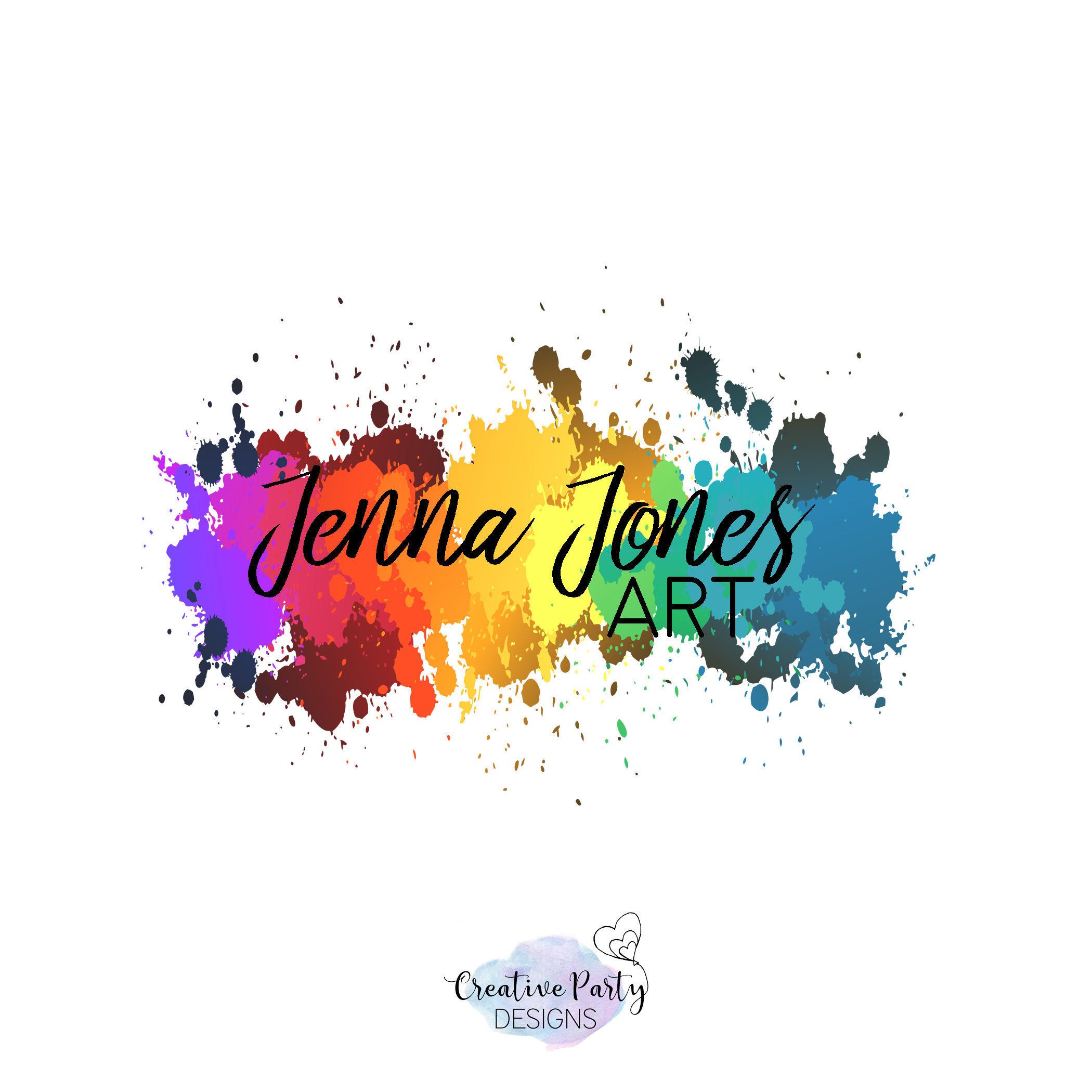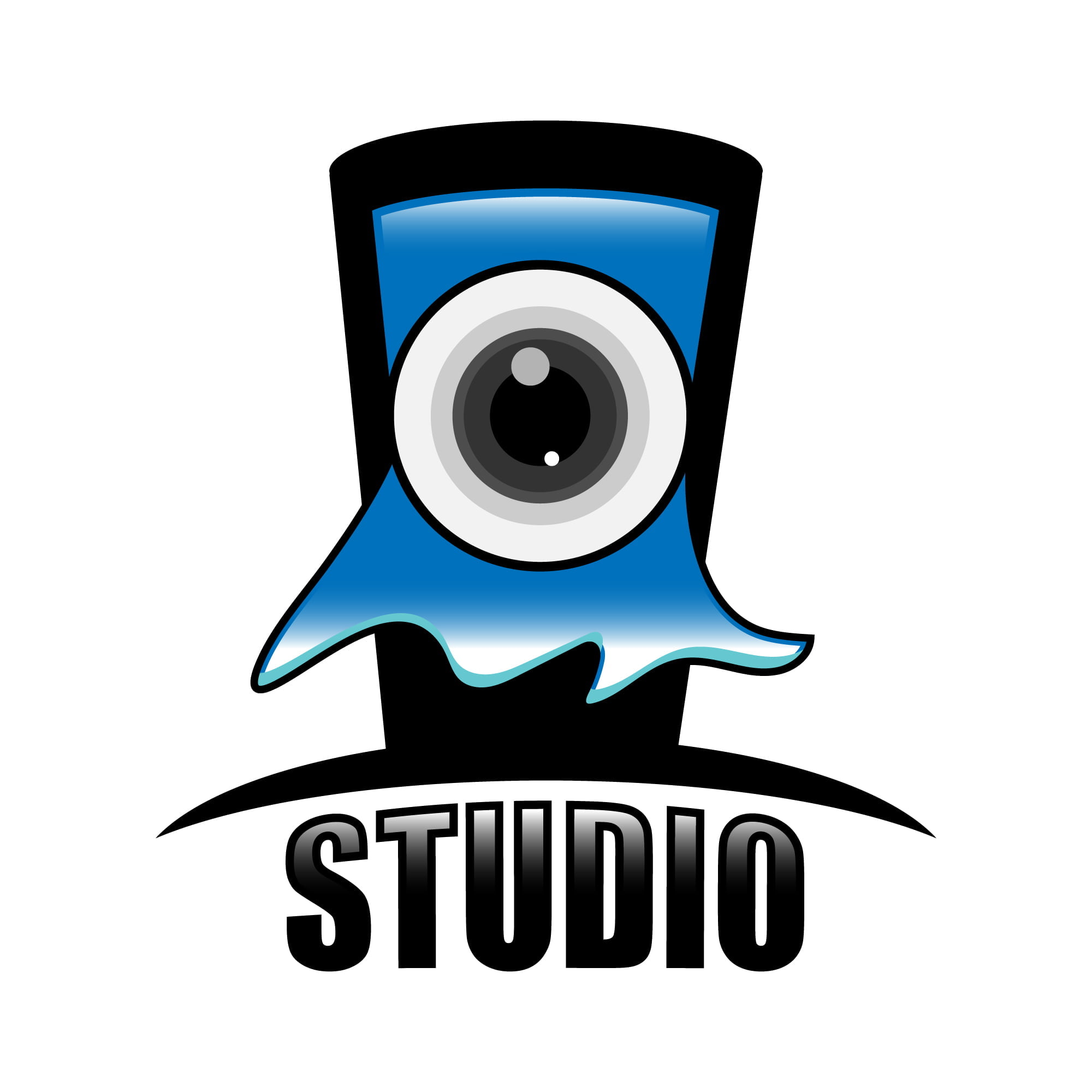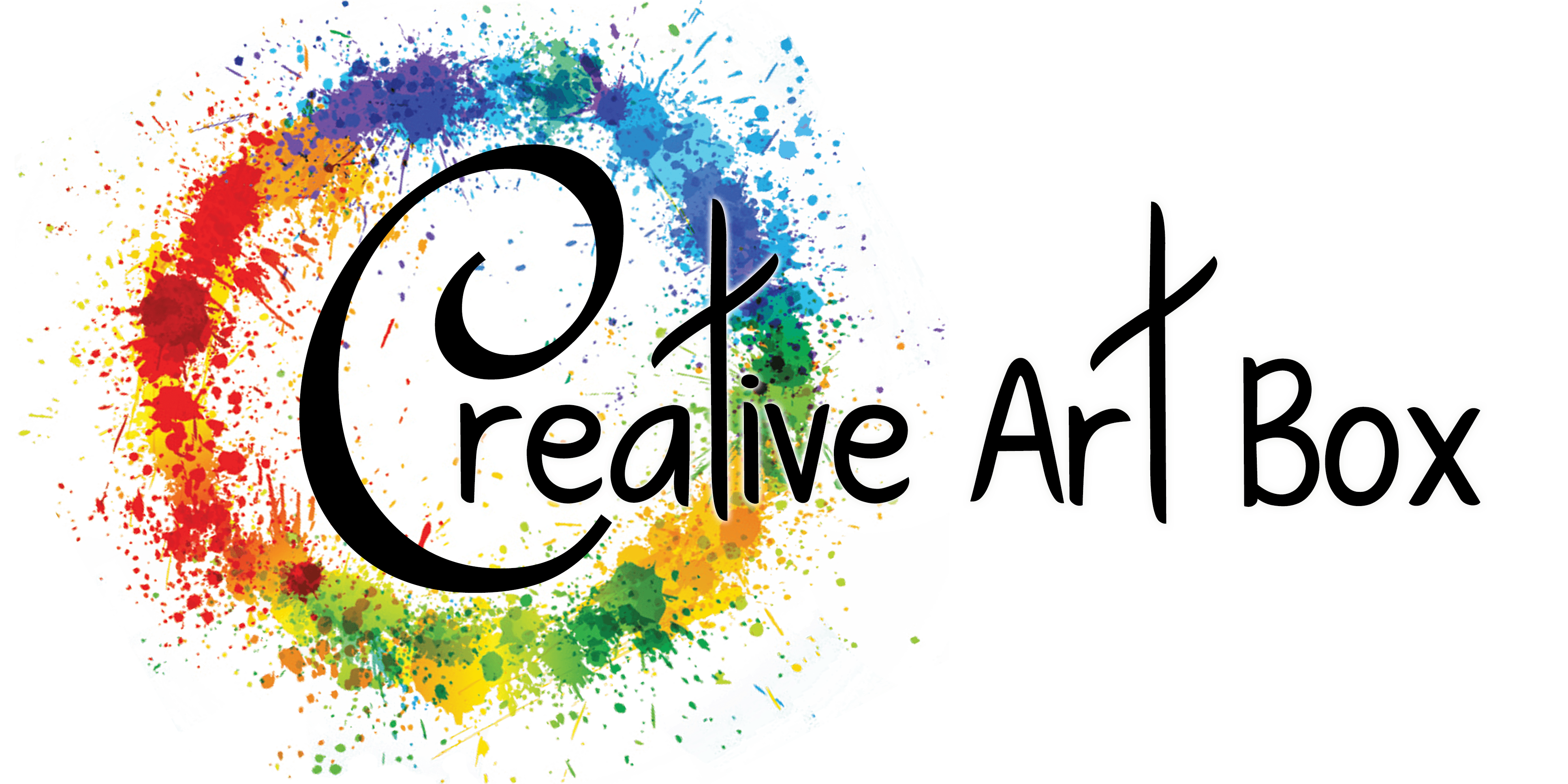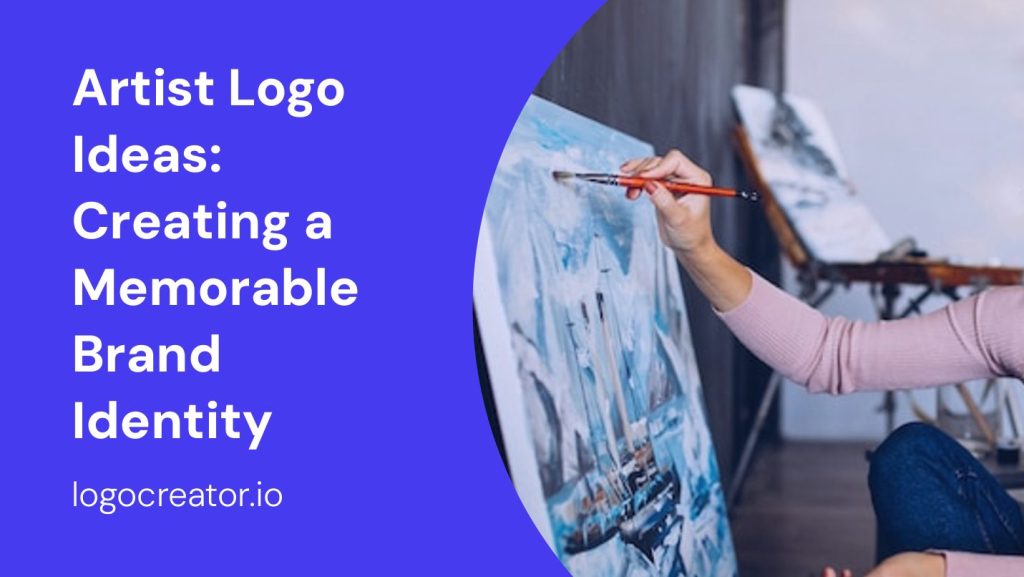As an artist, establishing a strong brand identity is crucial for standing out in a competitive market. One effective way to achieve this is by designing a unique and eye-catching logo that represents your artistic style and personality. A well-designed logo not only helps you leave a lasting impression on your audience but also serves as a visual representation of your artistic vision. In this article, we will explore various artist logo ideas and provide you with valuable insights on how to create a memorable logo that captures your essence.
Why Artist Logos Matter

Before diving into the world of artist logo design, let’s first understand why logos are essential for artists:
Building Recognition and Credibility
A well-designed logo helps build recognition and credibility for an artist. By displaying a consistent and visually appealing logo across different platforms and promotional materials, you can establish a strong brand presence and make it easier for your audience to identify your work.
Differentiating Yourself from Competitors
In a saturated market, it is crucial to stand out from the crowd. A unique and visually striking logo can help you differentiate yourself from other artists, making it easier for potential clients, gallery owners, and art enthusiasts to remember your work.
Conveying Your Artistic Style
Your logo should reflect your artistic style and personality. It should give your audience a glimpse into your creative vision and what sets you apart as an artist. A well-designed logo can convey emotions, themes, and techniques that are unique to your work, attracting the attention of those who resonate with your artistic expression.
Key Elements of an Artist Logo

To create an effective artist logo, there are a few key elements to consider. These elements will help you craft a logo that accurately represents your artistic style and resonates with your target audience:
1. Simplicity
Simplicity is key when it comes to logo design. A cluttered or overly complex logo can be visually overwhelming and difficult to remember. Aim for a clean and minimalistic design that captures the essence of your art without unnecessary distractions.
2. Colors
The choice of colors in your logo plays a significant role in conveying emotions and setting the overall tone. Consider the emotions and themes present in your artwork and select colors that align with your artistic style. Experiment with color combinations to create a visually appealing logo that reflects your unique aesthetic.
3. Typography
Typography can greatly impact the overall look and feel of your logo. Choose a font that complements your artistic style and is easy to read. Whether you opt for a classic serif font or a modern sans-serif font, ensure that the typography harmonizes with the rest of your logo design.
4. Symbolism
Symbols can be a powerful tool for conveying meaning and making your logo memorable. Consider incorporating symbols that represent elements of your artwork, such as brushes, paint palettes, or abstract shapes. These symbols can help communicate your artistic identity and provide visual cues to your audience.
Artist Logo Ideas
Now that we have explored the key elements of an artist logo, let’s delve into some inspiring logo ideas to help kickstart your creative process:
1. Abstract Symbolism
Abstract symbols can be a great choice for artists who work with non-representational forms or conceptual art. These symbols can be open to interpretation, allowing viewers to connect with your art on a deeper level. Experiment with geometric shapes, fluid lines, or even personalized brushstroke patterns to create a unique and visually striking logo.
2. Hand-drawn Logos
If your artwork has a strong emphasis on hand-drawn elements, consider incorporating hand-drawn elements into your logo design. This can include hand-drawn typography, sketches, or illustrations that reflect your artistic style. Hand-drawn logos add a personal touch and create a sense of authenticity and craftsmanship.
3. Minimalistic Logos
For artists who prefer a clean and minimalist aesthetic, a minimalistic logo can effectively convey your artistic vision. Utilize simple shapes, elegant typography, and a limited color palette to create a logo that exudes sophistication and refinement. Remember, simplicity can often speak volumes in terms of conveying your artistic identity.
4. Collage Logos
If your artwork involves the combination of different elements or mixed media, consider creating a collage-style logo. Incorporate fragments of your artwork, such as cut-out images, textures, or patterns, to create a visually dynamic and intriguing logo. Collage logos can capture the essence of your artistic style and serve as a visual representation of your creative process.
Designing Your Artist Logo

Now that you have explored various artist logo ideas, it’s time to put your creative vision into practice and design your own logo. Here are some practical steps to guide you through the design process:
1. Research and Inspiration
Before diving into the design process, take some time to research and gather inspiration. Look for logos of other artists or creative professionals to get a sense of what resonates with you. Consider creating a mood board to collect visual references, color palettes, and typography samples that align with your artistic style.
2. Sketching and Concept Development
Start by sketching out rough ideas for your logo. Explore different concepts and variations, allowing yourself to experiment freely without getting too caught up in details. Once you have a few promising sketches, refine and develop them further, keeping in mind the key elements we discussed earlier.
3. Digital Design
Once you have a clear concept in mind, transfer your sketches to a digital design software of your choice. This will allow you to refine your logo, experiment with different color schemes, typography, and symbols easily. Remember to keep the design clean, simple, and visually appealing.
4. Feedback and Refinement
Seek feedback from trusted friends, fellow artists, or professionals in the design industry. They can provide valuable insights and help you identify areas for improvement. Use their feedback to refine your logo and make necessary adjustments until you are satisfied with the final design.
Conclusion

Creating a memorable artist logo is a vital step in establishing your brand identity and standing out as an artist. By carefully considering the key elements of logo design and exploring various logo ideas, you can create a visually striking logo that accurately represents your artistic style and captures the attention of your audience. Remember, a well-designed logo not only helps build recognition and credibility but also serves as a visual representation of your artistic vision. So, let your creativity flow and design a logo that truly represents you as an artist.
Marietta Arnold is a branding and design enthusiast who draws inspiration from hobbies like hiking, photography, and art exploration. With a background in graphic design, she shares insights on branding strategies and logo design trends. Stay updated with Marietta’s work for the latest in branding and design.



